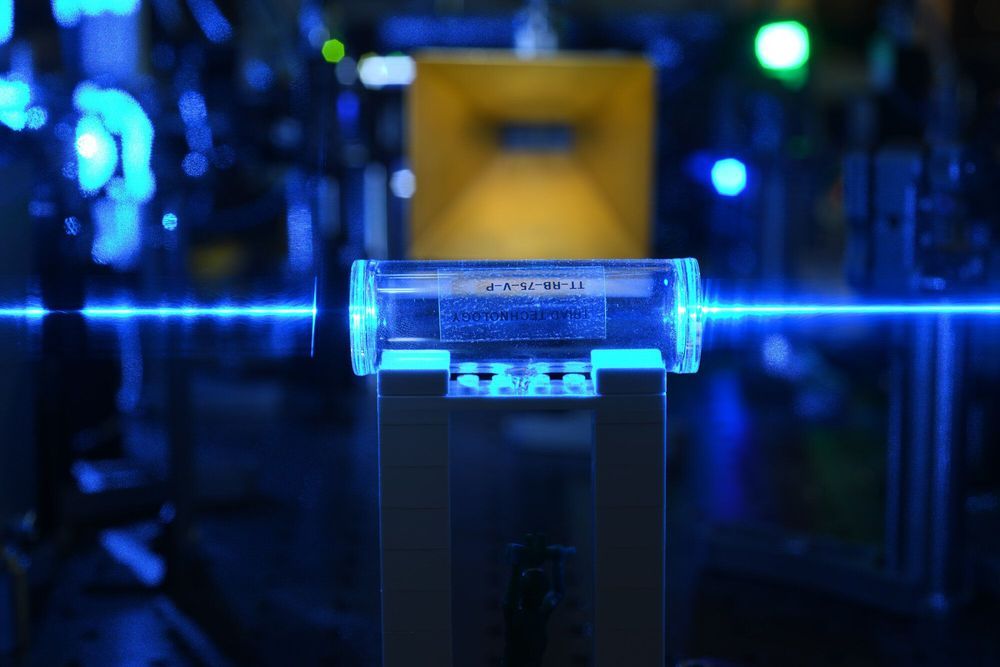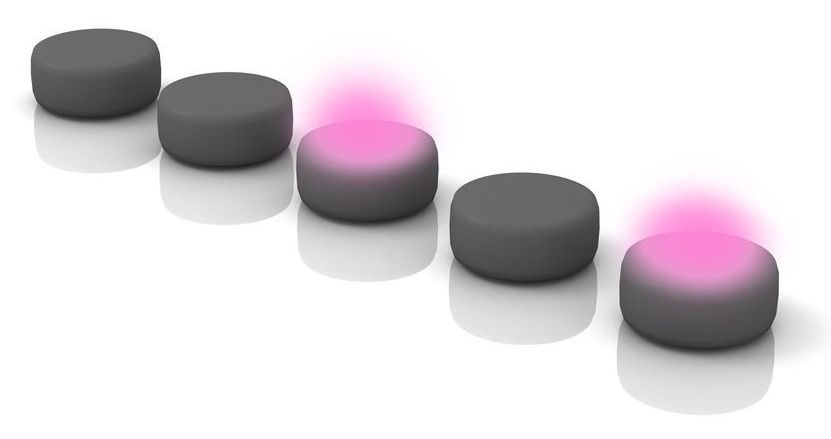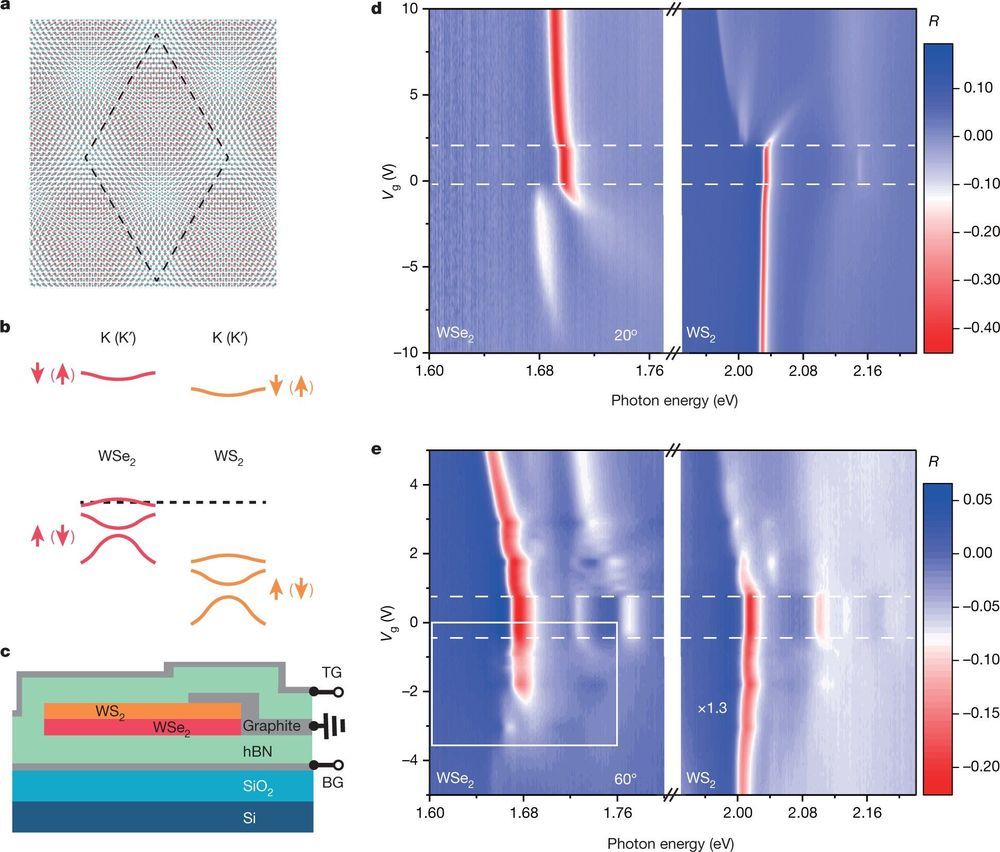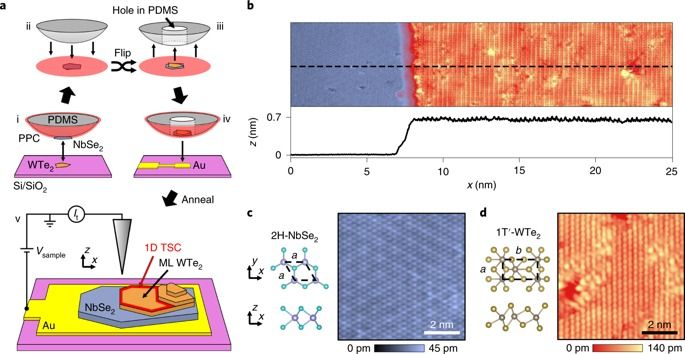Abstract: The Higgs mechanism predicts, apart from the existence of a new scalar boson, the presence of a constant Higgs field that permeates all of space. The vacuum expectation value (VEV) of this field is affected by quantum corrections which are mainly generated by the self-interactions and couplings of the Higgs field to gauge bosons and heavy quarks. In this work we show that gravity can affect, in a non-trivial way, these quantum corrections through the finite parts of the one-loop contributions to the effective potential. In particular, we consider the corrections generated by the Standard Model Higgs self-interactions in slowly-varying weak gravitational backgrounds. The obtained results amount to the existence of non-negligible inhomogeneities in the Higgs VEV. Such inhomogeneities translate into spatial variations of the particle masses, and in particular of the proton-to-electron mass ratio. We find that these Higgs perturbations in our Solar System are controlled by the Eddington parameter, and are absent in pure General Relativity. Yet, they may be present in modified gravity theories. This predicted effect may be constrained by atomic clocks or high-resolution spectroscopic measurements, which could allow to improve current limits on modifications of Einstein’s gravity.
Category: quantum physics


Why Intel Is Investing In Neuromorphic Computing
The neuromorphic approach is still in deep research, and is being investigated by Intel, IBM, HPE, MIT, Purdue, Stanford and others. It will likely be deployed in production solutions within the next three to five years. Like quantum computing, there is potential for a future solution than could be 1,000–10,000 times more efficient than the digital processing approach that is currently in vogue. But also like quantum, neuromorphic computing will require a lot of research to reach fruition. When it does, it will likely only be applied to a specific set of challenges. I will continue to watch with interest.
Analyst Karl Freund takes a look at Intel’s recent announcements in the realm of neuromorphic computing.

Scientists create quantum sensor that covers entire radio frequency spectrum
A quantum sensor could give Soldiers a way to detect communication signals over the entire radio frequency spectrum, from 0 to 100 GHz, said researchers from the Army.
Such wide spectral coverage by a single antenna is impossible with a traditional receiver system, and would require multiple systems of individual antennas, amplifiers and other components.
In 2018, Army scientists were the first in the world to create a quantum receiver that uses highly excited, super-sensitive atoms—known as Rydberg atoms—to detect communications signals, said David Meyer, a scientist at the U.S. Army Combat Capabilities Development Command’s Army Research Laboratory. The researchers calculated the receiver’s channel capacity, or rate of data transmission, based on fundamental principles, and then achieved that performance experimentally in their lab—improving on other groups’ results by orders of magnitude, Meyer said.

The imitation game: Scientists describe and emulate new quantum state of entangled photons
:oooo.
A research team from ITMO University, with the help of colleagues from MIPT (Russia) and Politecnico di Torino (Italy), has predicted a novel type of topological quantum state of two photons. Scientists have also applied a new, affordable experimental method for testing this prediction. The method relies on an analogy: Instead of expensive experiments with quantum systems of two or more entangled photons, the researchers have used resonant electric circuits of higher dimensionality described by similar equations. The obtained results can be useful for the engineering of optical chips and quantum computers without the need for expensive experiments. The research was published in Nature Communications.
Light plays a key role in modern information technologies: With its help, information is transmitted over large distances via optical fibers. In the future, scientists anticipate the invention of optical chips and computers that process information with the help of photons—light quanta—instead of electrons, as it is done today. This will decrease energy consumption, while also increasing the capabilities of computers. However, to turn these predictions into reality, fundamental and applied research of light behavior at the micro- and nanoscale is needed.
In the new study, the researchers have theoretically predicted the formation of a new quantum state of photons: Two photons propagating in the array of quantum microresonators (qubits) can form a bound pair and settle down on the edge of the array. A proper experiment demands special nanostructures, as well as special devices to create such quantum state of photons and detect it. Currently, such capabilities are available only to very few research teams worldwide.


Model simulator helps researchers map complex physics phenomena
To understand the behavior of quantum particles, imagine a pinball game—but rather than one metal ball, there are billions or more, all ricocheting off each other and their surroundings.
Physicists have long tried to study this interactive system of strongly correlated particles, which could help illuminate elusive physics phenomena like high-temperature superconductivity and magnetism.
One classic method is to create a simplified model that can capture the essence of these particle interactions. In 1963, physicists Martin Gutzwiller, Junjiro Kanamori and John Hubbard—working separately—proposed what came to be called the Hubbard model, which describes the essential physics of many interacting quantum particles. The solution to the model, however, only exists in one dimension. For decades, physicists have tried to realize the Hubbard model in two or three dimensions by creating quantum simulators that can mimic it.

Russia’s Kilo-Class Submarines: “Black Holes” No Navy Wants to Fight
I think these can be fought with current technology such as quantum radar even other higher level technology. It can also be hacked with quantum radar or neutrino beams.
Know colloquially as the “Black Holes” by the U.S. Navy, the Improved-Kilo-class of submarines are quite deadly — and could turn the balance of power in the South China Sea in China’s favor.

Russian Scientists Break Google’s Quantum Algorithm
Clause density is something new to me but seems interesting as I know shores algorithm is the only thing that can hack systems.
Google is racing to develop quantum-enhanced processors that utilize quantum mechanical effects to one day dramatically increase the speed at which data can be processed.
In the near term, Google has devised new quantum-enhanced algorithms that operate in the presence of realistic noise. The so-called quantum approximate optimization algorithm, or QAOA for short, is the cornerstone of a modern drive towards noise-tolerant quantum-enhanced algorithm development.
The celebrated approach taken by Google in QAOA has sparked vast commercial interest and ignited a global research community to explore novel applications. Yet, little actually remains known about the ultimate performance limitations of Google’s QAOA algorithm.

Proximity-induced superconducting gap in the quantum spin Hall edge state of monolayer WTe2
:ooooooo.
The quantum spin Hall insulator is characterized by a bandgap in the two-dimensional (2D) interior and helical 1D edge states1,2,3. Inducing superconductivity in the helical edge state results in a 1D topological superconductor, a highly sought-after state of matter at the core of many proposals for topological quantum computing4. In the present study, we report the coexistence of superconductivity and the quantum spin Hall edge state in a van der Waals heterostructure, by placing a monolayer of 1T′-WTe2, a quantum spin Hall insulator1,2,3, on a van der Waals superconductor, NbSe2. Using scanning tunnelling microscopy and spectroscopy (STM/STS), we demonstrate that the WTe2 monolayer exhibits a proximity-induced superconducting gap due to the underlying superconductor and that the spectroscopic features of the quantum spin Hall edge state remain intact. Taken together, these observations provide conclusive evidence for proximity-induced superconductivity in the quantum spin Hall edge state in WTe2, a crucial step towards realizing 1D topological superconductivity and Majorana bound states in this van der Waals material platform.